Last updated on: September 20, 2025
When it comes to pickleball, choosing the right equipment can make all the difference in your game. One of the most important decisions you’ll need to make is whether to use indoor or outdoor pickleball. They look similar at first glance, there are key differences between the two that can affect your game.
In this post, we’ll cover the advantages, and disadvantages of both indoor and outdoor pickleballs. We’ll also discuss the differences between the two types of balls and provide some tips for choosing the right ball for your playing style and environment.
What are Indoor Pickleball Balls?
Indoor pickleball balls are designed for indoor courts with smooth surfaces such as wood, concrete or tile.
Advantages of Indoor Balls
- Precise Shots: The smooth surface of indoor balls allows for more precise shots and better control, making indoor play more strategic and skill-based.
- Less Wind Resistance: The fewer holes in indoor balls mean that they experience less wind resistance, resulting in a slower and more controlled game.
- Lightweight: The lighter weight of indoor balls allows more accessible play and less fatigue during long games.
Disadvantages of Indoor Balls
- Lack of Durability: Indoor balls tend to wear out faster than outdoor balls due to the smooth surface and the hard indoor flooring.
- Limited Outdoor Use: Indoor balls are not suitable for outdoor play, as they are not durable enough to withstand the elements and rough outdoor surfaces.
What are Outdoor Pickleball Balls?
Outdoor pickleball balls are designed for outdoor use and are made with a more durable material that can withstand the harsher playing conditions common in outdoor play.
Advantages of Outdoor Balls
- Durable: Outdoor balls are designed to withstand the elements and rough outdoor surfaces, making them more durable than indoor balls.
- Better Outdoor Play: The rough surface of outdoor balls allows for better grip on outdoor courts, and the heavier weight helps stabilize the ball in windy conditions.
- Faster Game: The more holes in outdoor balls result in a faster game that requires quick reflexes and skill.
Disadvantages of Outdoor Balls
- Less Precise Shots: The rough surface of outdoor balls can make shots less precise and more difficult to control than indoor balls.
- Harder on Indoor Surfaces: Outdoor balls can be hard on indoor surfaces and cause damage, making them unsuitable for indoor play.
Indoor Vs Outdoor Pickleballs : 5 Key Differences
When you compare indoor vs outdoor various key factors that differentiate both pickleball.

Number of Holes
Pickleball might seem like just plastic ball, but it has holes throughout it, which help the player maintain the ball’s consistency and trajectory.
Indoor balls typically have 26 holes, while outdoor balls have 40. You’ll be wondering why there is a difference in holes; the answer is, the additional holes in outdoor balls provide less wind resistance and make them more stable in windy conditions.
Hole Diameter
The hole diameter of pickleball varies from brand to model, which means there is a difference between indoor and outdoor pickleball’s hole diameters. You will be wondering how wide is the diameter.
How Wide Are the Holes of Indoor and Outdoor Pickleballs?
Indoor balls have a smaller holes diameter of 0.43 inches, while outdoor balls have a larger holes diameter of 0.282 inches. This difference in hole size affects the ball’s flight and bounce characteristics.
Weight
Outdoor pickleballs typically weigh more than indoor pickleballs. This is one of those points that a lot of players know but may not necessarily know how different the weights are.
The larger diameter of the holes on indoor pickleballs covers more surface area, resulting in more negative space and a lighter weight overall. Despite having only 26 holes compared to outdoor pickleballs’ 40 holes, indoor pickleballs are still lighter due to this design difference.
What Is the Weight Difference between Indoor and Outdoor Pickleballs?
Outdoor balls weigh 0.925 ounces, while indoor balls weigh 0.917. There is a difference of less than 1% only between indoor and outdoor pickleball’s weight.
Hardness
When it comes to measure the hardness of pickleball it is determined by the durometer hardness test, which employs Shore D values for plastics. This is a scientific method of measuring the hardness of plastics and hard rubbers on a scale of 0 to 100, where 100 represents the highest level of hardness. Pickleballs typically have a Shore D rating of 40-50.
Which is Harder – Indoor or Outdoor Pickleballs?
In terms of hardness, outdoor pickleballs are generally harder than indoor pickleballs. This is because outdoor balls are designed to withstand the rougher surfaces and higher temperatures of outdoor play. On the other hand, indoor balls are made to be softer to minimize the amount of noise they make when they hit hard surfaces such as gym floors.
Durability
Despite common misconceptions, both indoor and outdoor pickleballs will eventually lose their shape and deteriorate over time with use. Outdoor pickleballs, in particular, are more prone to cracking due to exposure to varying temperatures and weather conditions.
Durability is influenced by the materials and construction of the ball, pickleballs with harder materials typically having a shorter lifespan.

Which Type of Pickleball is More Durable?
Compared to outdoor pickleballs, indoor are generally more durable due to their use of softer plastics. The harder plastics in outdoor pickleballs make them more susceptible to cracking, splitting, and deformities.
Although indoor balls may develop soft spots towards the end of their lifespan, they still tend to outlast outdoor pickleballs. Ultimately, neither type of ball is indestructible, but indoor pickleballs have been known to have a longer lifespan on average.
Can You Use Indoor Pickleballs Outdoors and Vice Versa?
While you can technically use indoor pickleball balls outdoors and vice versa, it is not recommended. Indoor balls are not designed to withstand harsh outdoor conditions and can quickly get damaged on rough outdoor surfaces. Similarly, outdoor balls may bounce too low on indoor courts and result in a slower game.
How to Choose the Right Pickleball Ball for Your Game?
When choosing a pickleball ball, it is important to consider the playing surface, skill level, weather conditions, and playing style.
Consider Your Playing Surface
If you primarily play on indoor courts, then indoor pickleball balls are the way to go. If you play outdoors on rough surfaces, then outdoor balls are necessary.
Determine Your Skill Level
Beginners may benefit from using softer indoor balls to get a better feel for the game, while advanced players may prefer the harder and faster outdoor balls.
Look at Temperature and Weather Conditions
If you live in an area with extreme temperatures or frequent wind, consider using a ball specifically designed for those conditions.
Consider Your Playing Style
If you enjoy playing a fast-paced game with a lot of spins, a harder ball may be the better option. A softer ball may be a better fit if you prefer a slower, more controlled game.
Final Thoughts
Pickleball balls are essential to the game, and choosing the right type can significantly impact your playing experience. Whether you prefer indoor or outdoor play, there are different factors to consider when selecting a pickleball ball such as playing surface, skill level, and weather conditions then you can find the perfect ball to elevate your game.
FAQs: Indoor vs Outdoor Pickleball Balls
1. What is the difference between indoor and outdoor pickleball balls?
Indoor balls are lighter, have fewer holes (26), and are designed for smooth indoor surfaces like wood or concrete. Outdoor balls are heavier, have more holes (40), and are made to handle rough surfaces and wind conditions outdoors.
2. Can you use indoor pickleballs outdoors?
It’s not recommended. Indoor balls are not durable enough for rough outdoor surfaces and weather conditions. They may wear out quickly and affect your game.
3. Which pickleball ball is better for beginners?
Indoor pickleball balls are often better for beginners because they are lighter, slower, and easier to control, making them ideal for learning the game.
4. Do outdoor pickleball balls last longer than indoor balls?
Outdoor balls are designed to be durable, but they may crack or lose shape faster due to exposure to outdoor elements. Indoor balls tend to last longer, especially when used on smooth indoor surfaces.
5. How many holes do indoor pickleball balls have compared to outdoor balls?
Indoor pickleball balls have 26 holes, while outdoor balls have 40. The extra holes in outdoor balls help reduce wind resistance, making them more stable in outdoor play.
6. Which pickleball ball is faster – indoor or outdoor?
Outdoor pickleball balls are generally faster due to their heavier weight and increased number of holes, making them ideal for faster-paced games in outdoor settings.
7. Are outdoor pickleballs harder than indoor balls?
Yes, outdoor pickleballs are typically harder to withstand rough outdoor surfaces and higher temperatures, while indoor balls are softer for better control and reduced noise.
8. How do I choose the right pickleball ball?
Consider your playing surface (indoor or outdoor), skill level, weather conditions, and playing style. If you play indoors, go for indoor balls. For outdoor play, outdoor balls are more durable and stable.
Read More
Calculator: Pickleball Calories Burned Calculator, Pickleball Win Percentage Calculator, Pickleball Skill Rating Calculator: Find Your Level in Minutes
Shoes: Diadora Pickleball Shoes Review, Best Women’s Pickleball Shoes Tested by Pros, Are Hoka Shoes Good For Pickleball?

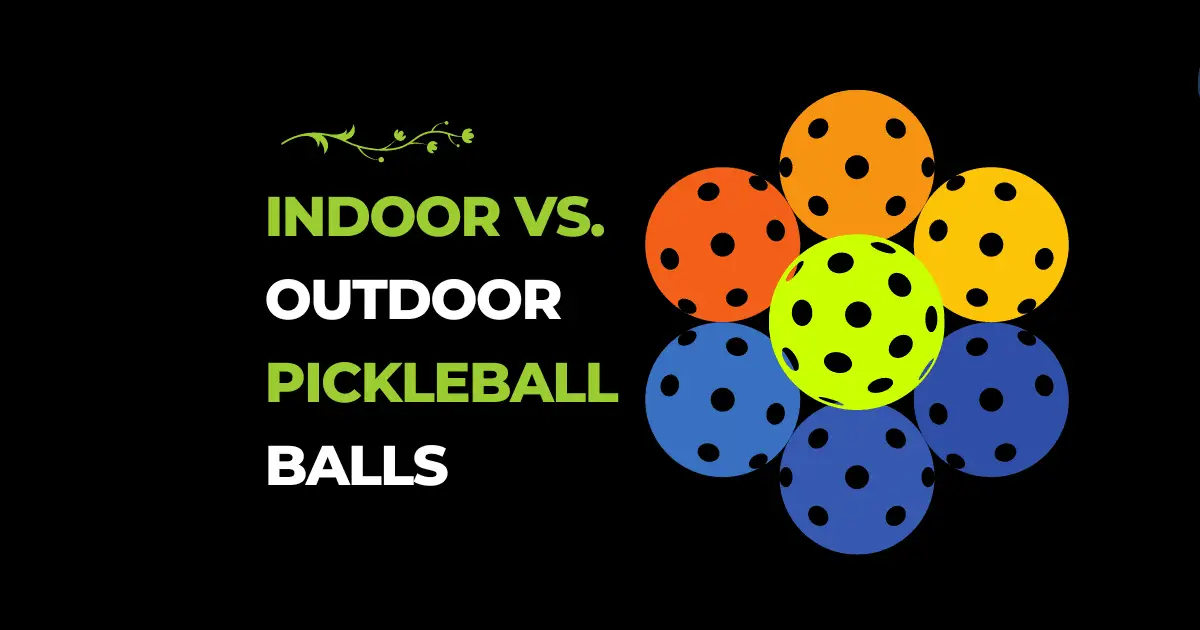
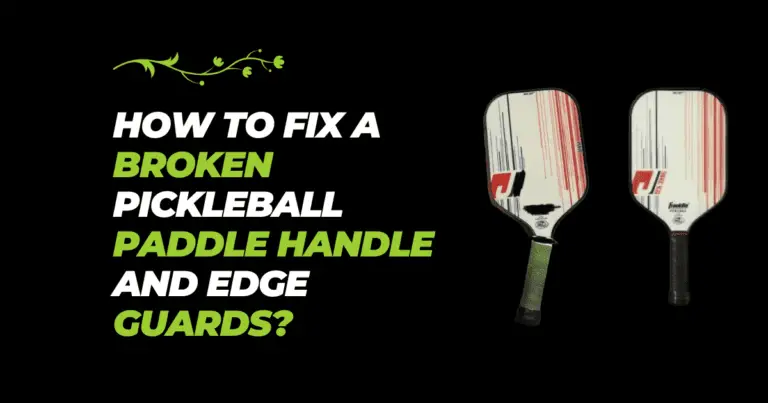
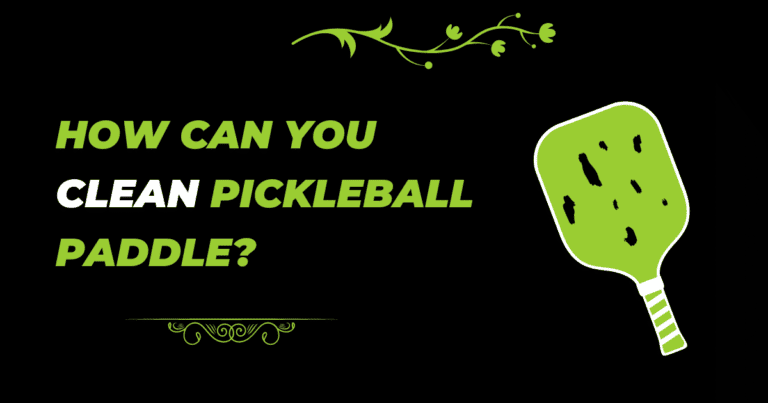


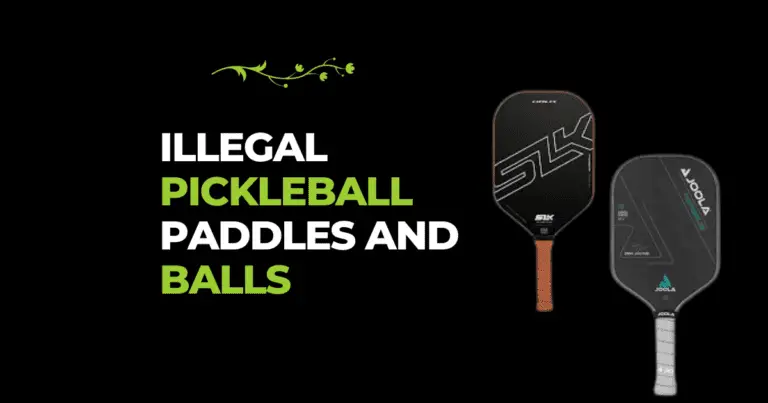
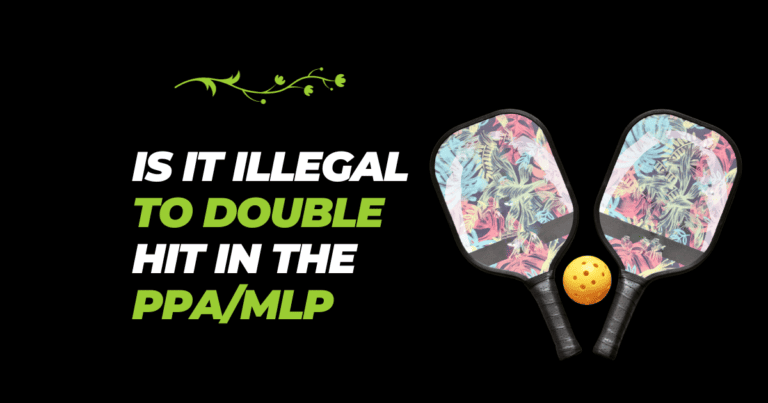
3 Comments